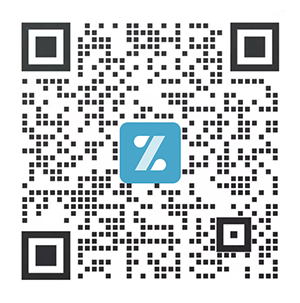Telephone consultation
Get free trial
400-800-2077
Telephone consultation
Online customer service instant communication
Answers to your questions
Online Customer Service
WeChat consultation
Providing you with professional services
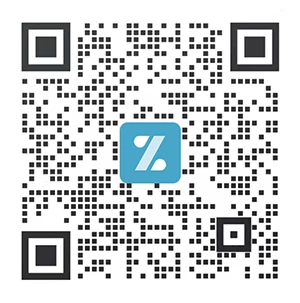
Add WeChat customer service
Convenient service
Zhenzhi solution experts will help you
Provide precise solutions
Professional consultation
 Home > News Center > Industry News > How to make the value of the IT department "visible and calculable"?
Home > News Center > Industry News > How to make the value of the IT department "visible and calculable"? In companies, IT departments are often labeled "cost centers": they constantly support business units with system development, spending considerable money, yet struggle to clearly articulate the true extent of their business support and value creation. During year-end reporting, project data is fragmented, human resources inputs are unclear, and cost accounting is chaotic. When asked by senior management about the "value of IT," IT department heads are often limited to generalities.
In reality, the value of an IT department isn't measured by how many systems it has built, but rather by how it supports the business, controls costs, and drives innovation. The Tuskfish R&D project management platform is the key tool that transforms IT's value from being "unclear" to "clear."
The first step is to use standardized management to make IT work visible.
The embarrassment of the IT department often starts with confusion in requirements: the business department puts forward a bunch of requirements, some of which are shelved halfway, and some are changed at will; project management depends entirely on "working alone" - some use Excel to record progress, and some rely on their brains to remember plans. When the PMO wants to summarize the data, either it can't find the records, or the team temporarily supplements the materials, which is time-consuming and laborious.
Over time, IT's contributions and deliverables became a blur. Without visibility into specific contributions, senior management naturally felt that IT investment wasn't worth it.
Tuskfish’s solution is straightforward: use standardization to make the entire project traceable.
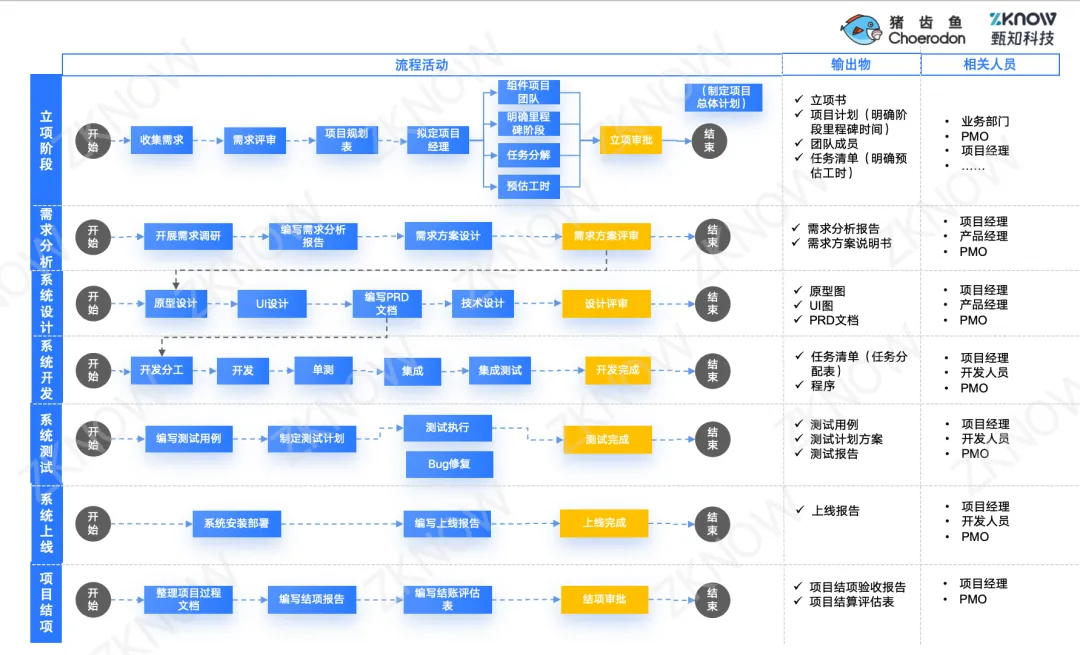
Tuskfish provides a unified library of project plan templates. IT departments can pre-set templates based on business scenarios, clearly defining each project's phases, deliverable standards, and milestones. Requirements submission, development progress, and test results are all recorded on the same platform, eliminating the risk of information being lost in email communications or lost in offline documentation.
When all projects are carried out according to standardized processes, everything the IT department does can be traced: Which business departments' needs are supported? How many systems have been delivered? Which projects were implemented ahead of schedule and saved the business time? These data are no longer "based on impressions" but are facts that can be checked and verified on the platform - the value of IT is now visible.
The second step is to use time management to make IT spending clear.
What senior management cares about more than “how much work has been done” is: “how much did it cost?”
Many IT teams still rely on offline documents to record hours, leaving project member input and task duration unclear. During quarterly or year-end accounting, the Project Management Office (PMO) must scrape data from emails and spreadsheets, making it impossible to accurately calculate labor costs and project investment. IT departments can neither clearly explain how much they've spent nor prove that their efforts are worthwhile, making it difficult to attract resources.
Tuskfish's full-dimensional performance insights precisely solve this pain point.
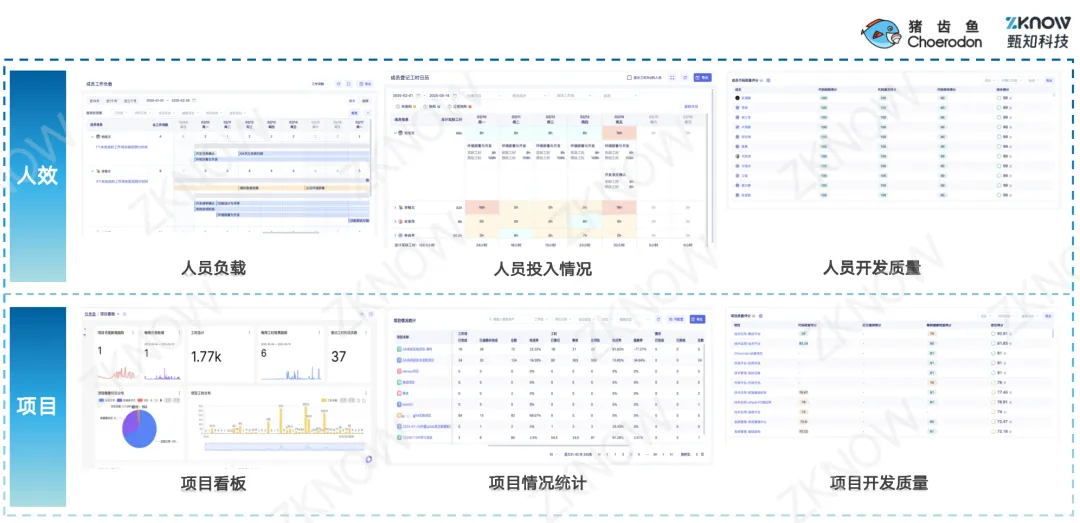
Tuskfish can connect data from the entire process of requirements, development, testing, and deployment, and track the work hours of each member in real time: Who spent how many hours on which project? Which tasks took longer than expected? What proportion of labor costs accounted for the total project investment? This data is automatically summarized, and the PMO does not need to stay up late to organize it.
More crucially, man-hour data is directly linked to costs. For example, in the development of a business system, Tuskfish can clearly calculate: a total investment of 1,200 man-hours corresponds to a labor cost of 200,000 yuan, while helping the business department reduce manual operations by 50%—the input-output relationship is clearly visible. When the IT department can produce such a "cost breakdown," senior management will naturally understand that every investment is converted into business value.
More than just “settling accounts”, more importantly, “supporting the strategy”
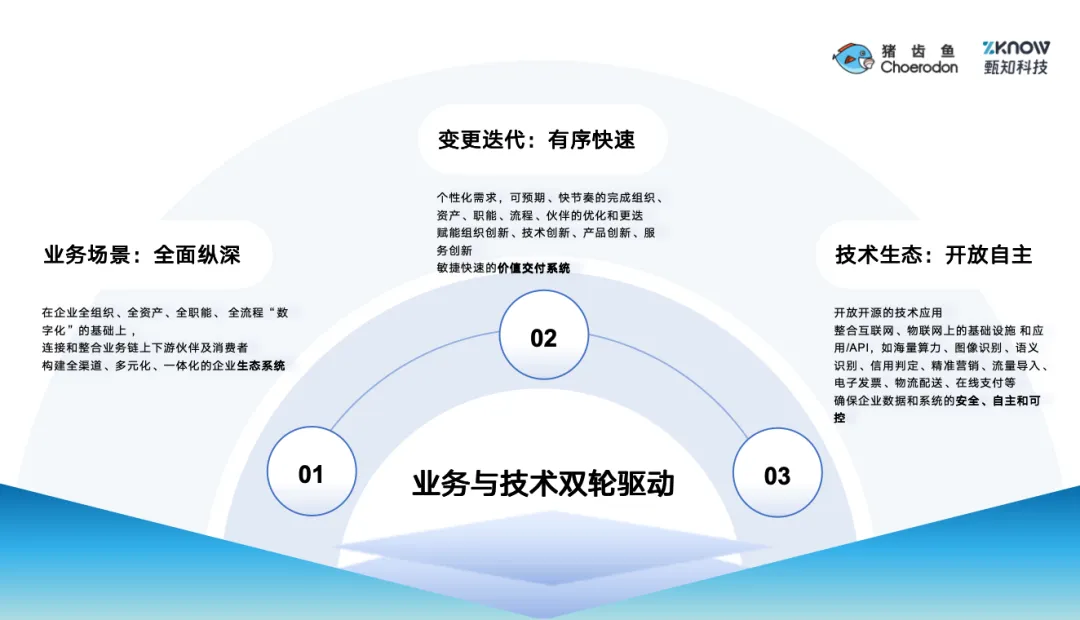
For enterprises, the ultimate value of IT departments is supporting business innovation and digital transformation. The role of the Tuskfish R&D project management platform goes far beyond simply recording data. Through standardization and digitization, IT becomes the driving force behind both business and technology.
When project management is standardized, companies can quickly respond to personalized needs. Whether it is business process optimization or the launch of a new system, it can be efficiently carried out according to the template; when working hours and cost data are transparent, resources can be accurately invested in high-value projects to avoid "ineffective investment"; and the accumulation of data throughout the entire process can provide support for companies to build a "full-channel ecosystem", "rapid iteration", and "independent controllable" technical chassis. This is the core capability of the IT department in the digital age to leap from a "cost center" to a "strategic engine".
The value of an IT department has never been about providing silent support, but rather about demonstrating its contributions with data and supporting strategy with efficiency. Tuskfish makes IT's work visible, its expenditures accountable, and its strategic support practical. From now on, when faced with questions about the company's value, CIOs can confidently respond: "This is our contribution! This is our value!"
